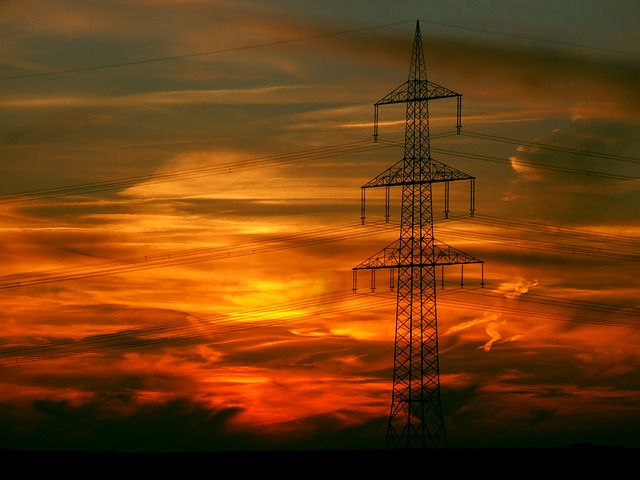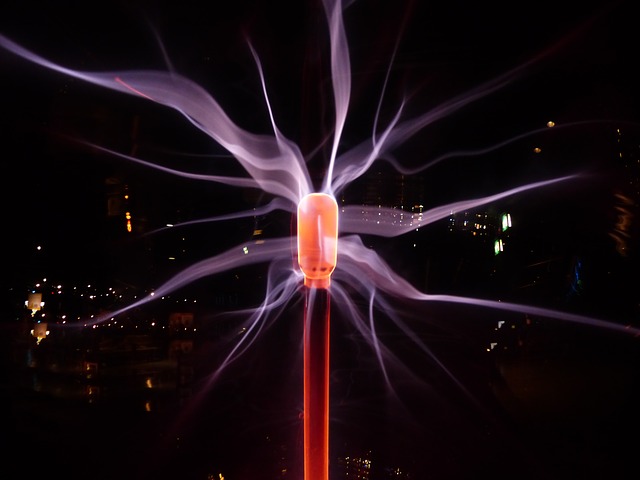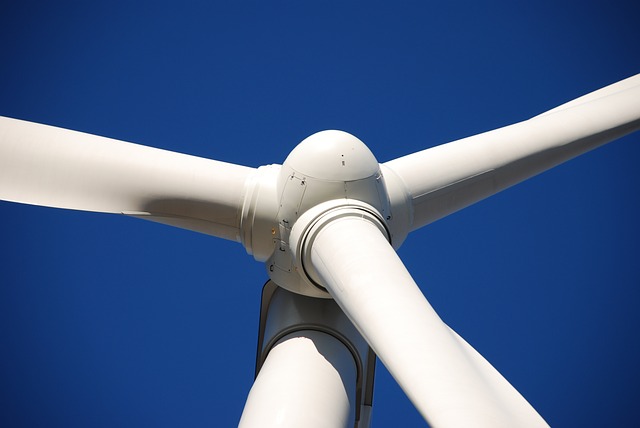Keeping the planet safe. Not using anymore of the world’s resources than we really need to. These are the sort of watchwords and mantras my grandchildren are having their little heads filled with at school daily. I didn’t realise just how many classes are geared up towards outdoor activities so the children can appreciate how everything they do influences something else along the natural history chain.
I do not really have a chance to see what the children are doing in the various age groups, but my grandson is 13 now and takes everything to do with nature and wildlife very seriously. His father has built a large extension on to their double fronted Edwardian detached house. He has added the most up to date energy efficient windows to each room and downstairs are some beautiful triple glazed bifold doors to allow as much light into the newly extended kitchen area.


